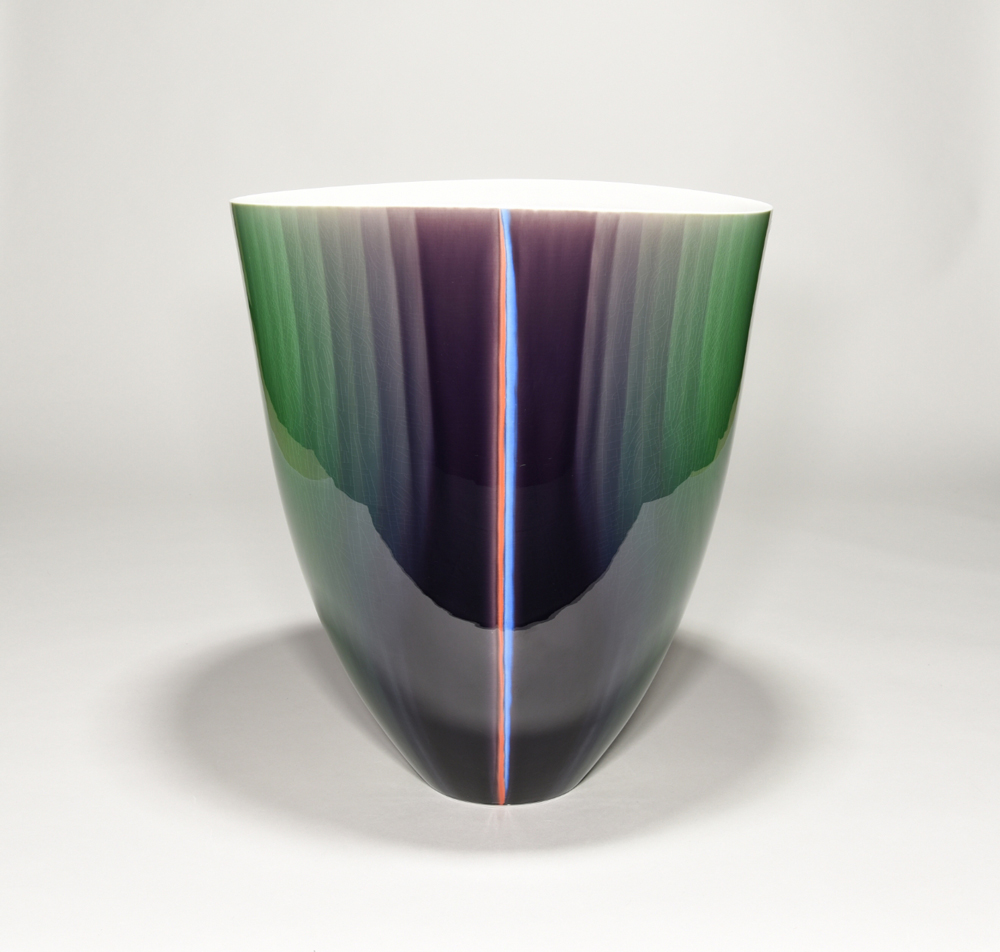九谷焼の特徴であり、最大の魅力は「上絵付け」にあります。
「上絵付けを語らずして九谷はない」と言われるほど、
色絵装飾の素晴らしさは、豪放華麗です。
九谷焼の上絵付けの特徴は『赤、黄、緑、紫、紺青』の、
五彩手(通称九谷五彩)という、
みごとな色彩効果と優美な絵模様に表れています。
その他、『緑、黄、紫、紺青』を使用した
青手古九谷の塗り手など、色彩のハーモニーが魅力です。

九谷焼の歴史は、九谷古窯より始まります。 加賀藩の命により、九谷金山にて現場監督をしていた後藤才次郎が、九谷の山より磁器原料の「陶石」を発見しました。
その後、九谷焼を焼いたことが九谷古窯の始まりとなります。
The history of Kutani ware begins with the Kutani Old Kiln. At the request of the Kaga clan, Jiro
Goto, who was working as a site supervisor at Kutani Gold Mine, discovered ``pottery stone'', a
raw material for porcelain, in the mountains of Kutani. After that, the firing of Kutani ware
marked the beginning of the Kutani old kiln.
しかし、原因は不明ですが、わずか100年足らずで廃窯となりました。
この間に焼かれたものを「古九谷」とよんでいます。
However, for unknown reasons, the kiln was discontinued after just 100 years. Items baked
during this time are called ''Ko-Kutani.''
九谷焼は他人の真似をしないため、作家の数だけ違った個性の九谷焼が生み出されます。
現代感覚あふれる美しい色彩が今も見るものを魅了します。
Because Kutani ware is not imitated by others, each piece of Kutani ware is as unique as the
number of artists. Beautiful colors full of modern sensibilities still fascinate those who see it.
お気軽に
ご連絡ください